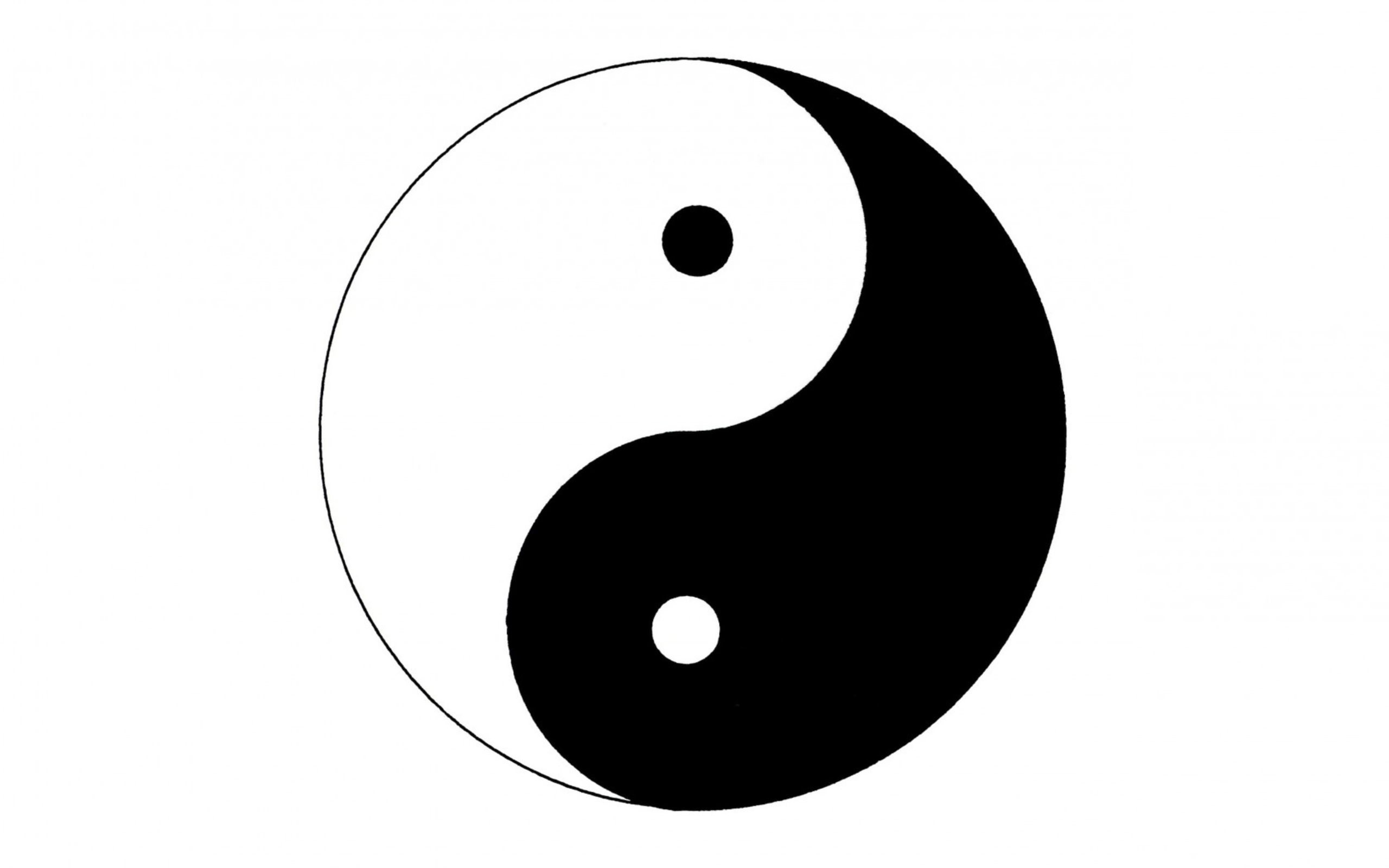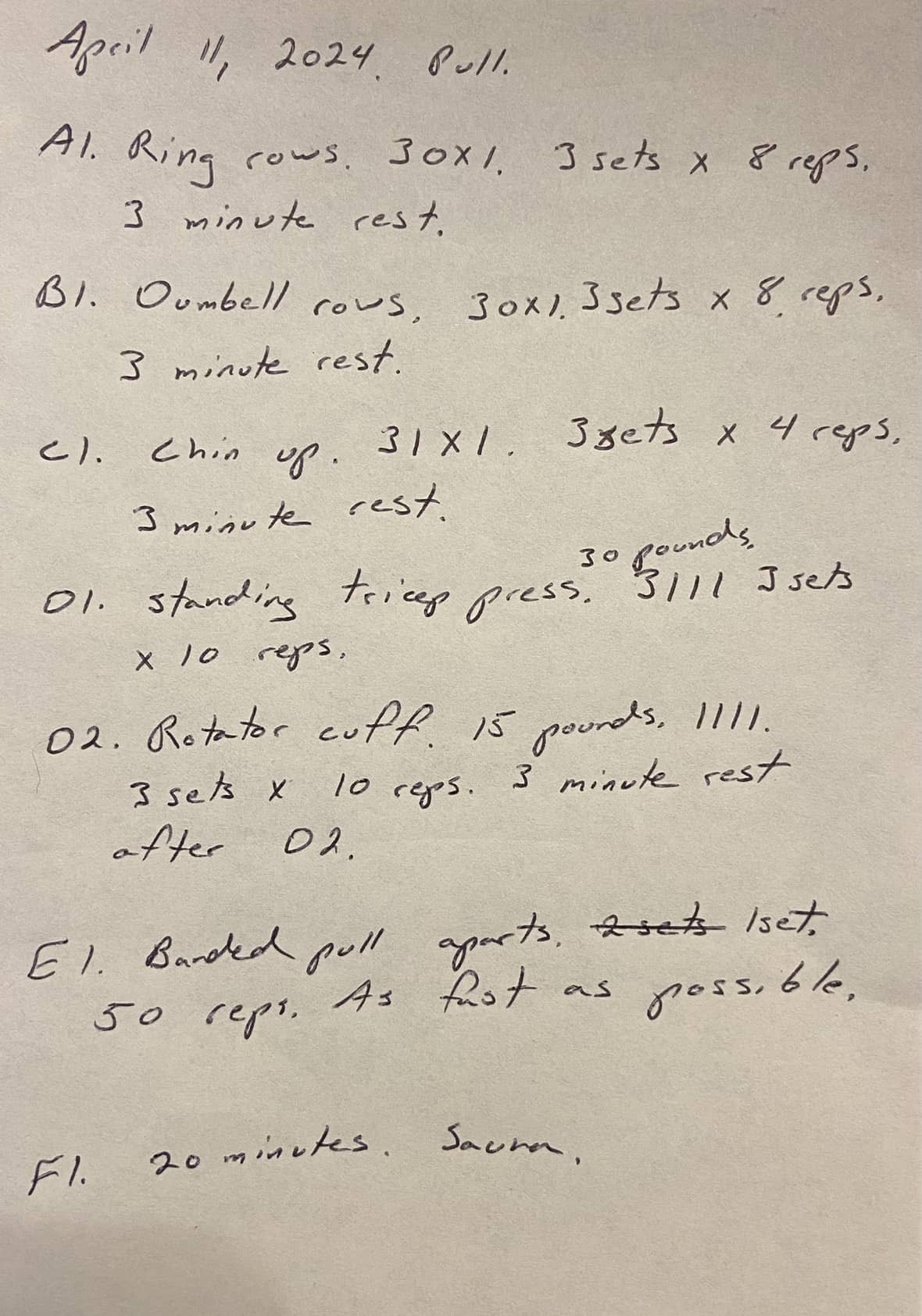Tai chi is a wonderful and complex martial art that offers a wealth of benefits to those who practice it. Rooted in ancient Chinese tradition, tai chi involves a series of flowing movements that beginners start with, known as the “form.” Although tai chi is fundamentally a martial art, simply learning and practicing the form has numerous health benefits. In this post, we’ll explore three key benefits of practicing the tai chi form: structural strength, balance, and leg strength.
The Basics of Tai Chi
The foundation of tai chi lies in the “form,” a sequence of graceful, flowing movements performed slowly and deliberately. For beginners, mastering the form is essential. This practice helps build a strong foundation in tai chi’s fundamental principles and provides numerous health benefits, even if one never progresses to the martial art aspects.
Structural Strength
One of the core benefits of practicing the tai chi form is developing structural strength. This involves using the skeletal system to push and pull efficiently, leveraging the body’s natural mechanics. Tai chi movements teach practitioners how to align their bodies correctly, ensuring that force is transmitted effectively through the skeletal structure. This foundational skill allows practitioners to learn full body strength. Initially, practitioners focus is on transmitting force through proper body alignment and skeletal positioning while relaxing the muscles. Once this skill is perfected, muscular strength is added back into the equation, enabling practitioners to push and pull very effectively.
Balance
Balance is another critical aspect of tai chi, and it is particularly beneficial for older adults. The entire tai chi form is a series of movements that involve shifting weight from a bow stance to a sit stance and standing on one leg. Practicing these movements enhances balance significantly. A study published on PubMed found that older adults practicing tai chi experienced significant improvements in balance and reduced their fear of falling. The study highlighted that tai chi participants had better balance control compared to those who only engaged in stretching exercises, making tai chi an excellent practice for enhancing stability in older adults.
Leg Strength
Practicing tai chi form also significantly enhances leg strength. The slow, controlled movements require sustained muscular effort, particularly in the legs. Standing on one leg, transitioning between stances, and maintaining low, grounded positions all contribute to building strong leg muscles. This slow and deliberate practice develops both the superficial and deep muscles of the legs, promoting overall leg strength and endurance.
Conclusion
In summary, the tai chi form offers a multitude of benefits, including the development of structural strength, balance, and leg strength. By practicing the form, beginners lay the groundwork for these essential skills, which are beneficial even without delving into the martial art aspects of tai chi. Whether you’re looking to improve your physical health, enhance your balance, or build strength, tai chi provides a holistic approach that benefits both the body and the mind. Start practicing the tai chi form today to experience these incredible benefits for yourself.
Work Cited
Li, F., Harmer, P., Fisher, K. J., McAuley, E., Chaumeton, N., Eckstrom, E., & Wilson, N. L. (2005). Tai Chi and Fall Reductions in Older Adults: A Randomized Controlled Trial. The Journals of Gerontology Series A: Biological Sciences and Medical Sciences, 60(2), 187-194. Retrieved from PubMed
Image Credits
Yin and Yang. Source: look.com.ua. License: Creative Commons Attribution 2.5 Generic. Find the image at: Wikimedia Commons.




